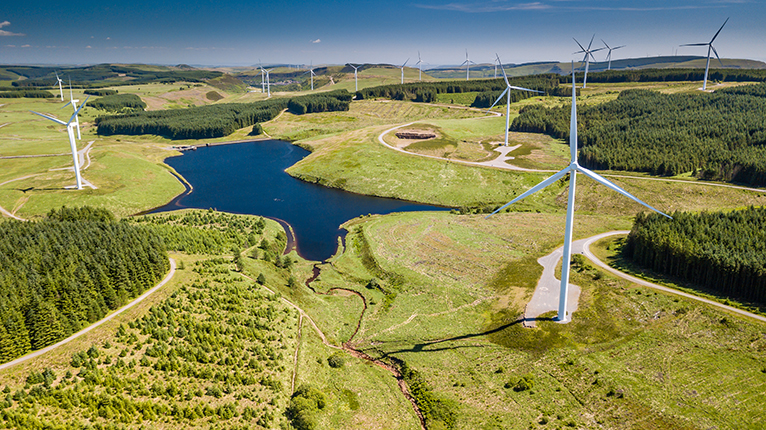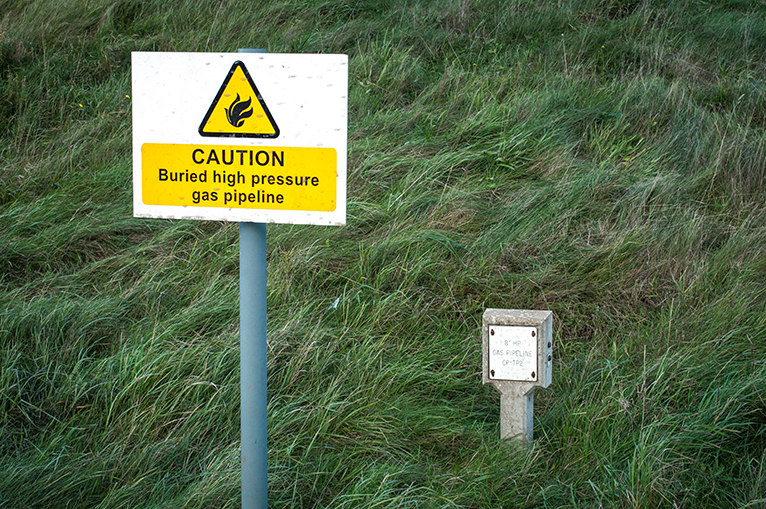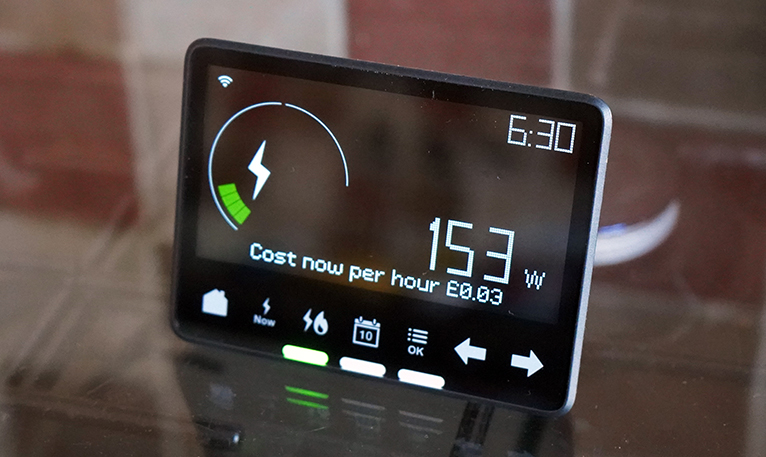Energy crisis 2021: what it means for you and your home
Energy is a commodity we often take for granted. From heating and lighting our homes, helping us cook food, keeping our wi-fi speeds up and allowing us to take nice hot showers to kick-start the day – energy is powering it all.
For a long time, in the UK, we’ve viewed energy as a utility with a seemingly endless supply. Day-to-day, we don’t give much thought to where it comes from and how it flows into our houses.
The final quarter of 2021 has changed that. Conversations surrounding our supply of energy and the prospect of looming price rises are prevalent. Five small UK energy firms have already gone out of business, and there are circulating fears others will soon be forced to join them.
But just what is sparking these concerns about energy shortages and price rises, and what do homeowners need to pay attention to?
Filtering the noise: what’s really happening to our energy

What has caused the 2021 energy crisis?
In short, it’s complicated. The energy market is vast and interconnected; there are several contributing factors to the current energy crisis we are faced with.
Here are some of the most impactful:
Demand
One reason we are seeing a disruption in the energy market is due to an increase in demand. A long cold winter in 2020-2021 paired with the worldwide lockdowns brought on by the Covid pandemic, resulted in an increase of energy usage; two closely connected events that worked together to leave gas stocks depleted and demand sky high.
Saying goodbye to coal

Another reason for depleted energy supply is due to the global transition to eco-friendly electricity. Today, around half of the UK’s energy supply still comes from burning fossil-fuels. We rely on it for cooking food and heating our homes, yet we still have some of the lowest levels of gas storage in Europe. In fact, less than 1% of Europe’s entire stock can be found in the UK.
The energy system is interconnected, and as we make waves to move away from coal usage and decarbonise electricity, the global supply chain has become stretched.
Because the chain is so stretched and supplies are depleted, it just can’t handle any disruption, including that caused by decarbonisation.
Want to create an eco-friendlier home? Learn how you could get a grant or financial support.
China’s recovery

Post-covid, China has begun an economic ramp-up, therefore using more energy. This is also true of other economies across Europe who are competing for supplies and pushing up demand drastically. This has played a role in destabilising the energy market, leaving supplies low and pushing prices up.
Lower supply from Russia

In recent months, Russia has failed to make up a big shortfall as gas has travelled from Europe to China. For example, Russian state-backed company Gazprom refused to increase its exports to Europe, causing prices across Europe to rise by 10% in one week. Britain relies on its gas supply from Europe and has therefore seen prices increase in the last month alone by a huge 70%.
Now you have more of an insight into what’s causing the energy crisis, here is the most proactive step homeowners can take today to save money.
Switch energy providers to save money

One way you can help save money on your energy bills is to switch tariffs.
As a result of the global energy disruption (a higher demand vs a limited supply) wholesale gas prices have shot up by 200% since January, And, because energy firms get their gas wholesale, on 1st October we witnessed the biggest rise in prices to date for out-of-tariff energy contracts.
In fact, EDF Energy, British Gas, Scottish Power, Eon and SSE all announced that this autumn they will be raising tariff prices to the maximum amount allowed.
The only way to avoid a massive price hike on your monthly energy bill is to get switching.
If you are on a standard tariff, just shop around as much as you can and compare prices until you find the right deal for you!
It may seem daunting at first but comparing and switching providers is the only way to save money on your energy bills.
Switching is super simple, and according to energy regulator Ofgem the average switching period is 16 days for electricity and 18 days for gas. This doesn’t include a 14-day time frame in which you may change your mind.
Want to help cut the cost of energy in your home? Check out how energy grants could help you.
The outlook
Whilst the energy crisis is unlikely to disappear any time soon, some form of comfort can be taken from knowing a price cap will remain in place. However, this cap has recently risen by 12%. This rise in the cap is set to affect 15 million households who are on default tariffs. Making the only way to avoid paying over the odds to switch.
As colder weather looms, get more advice on how to prepare your home this autumn in our homeowner advice centre.




